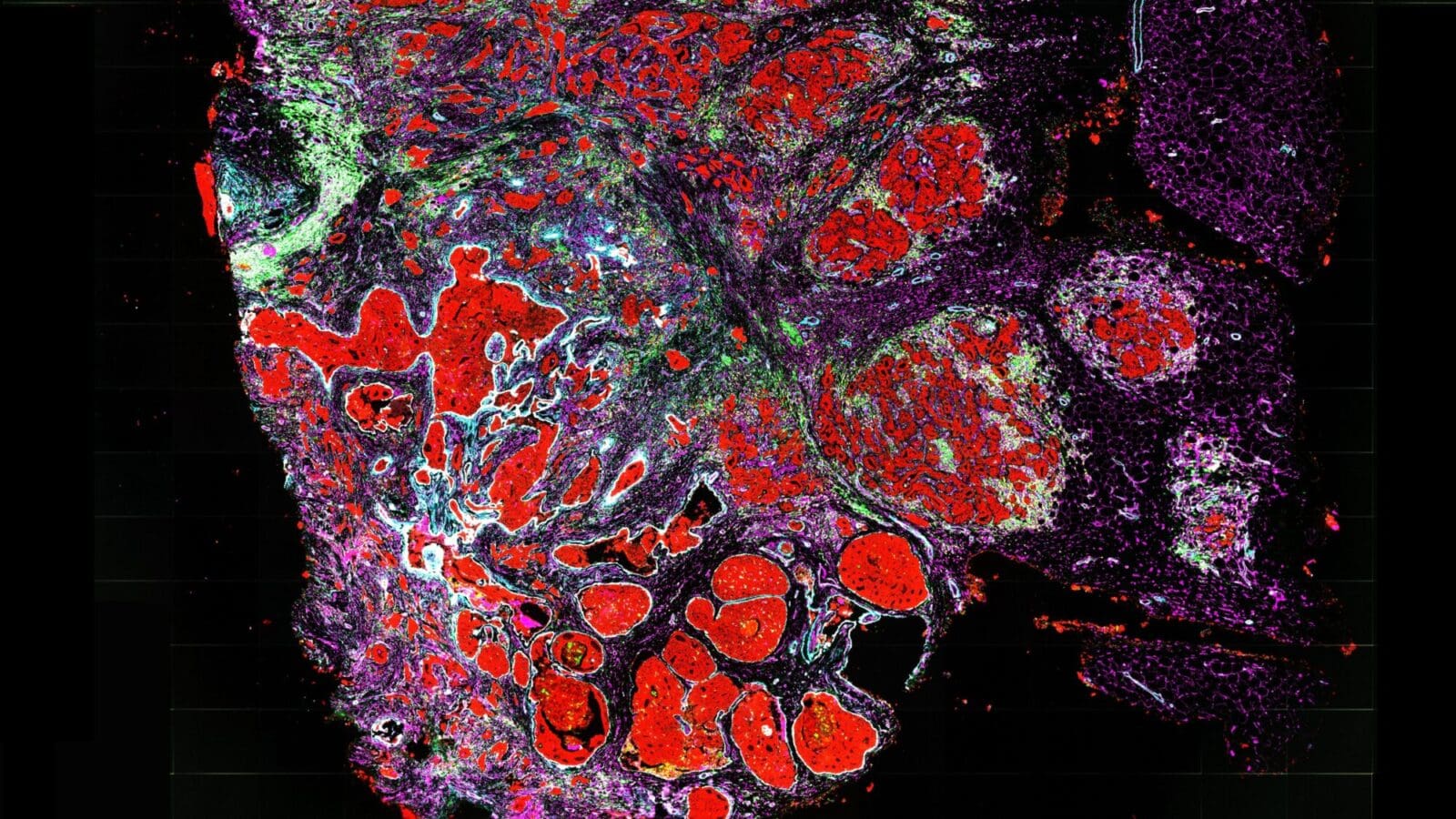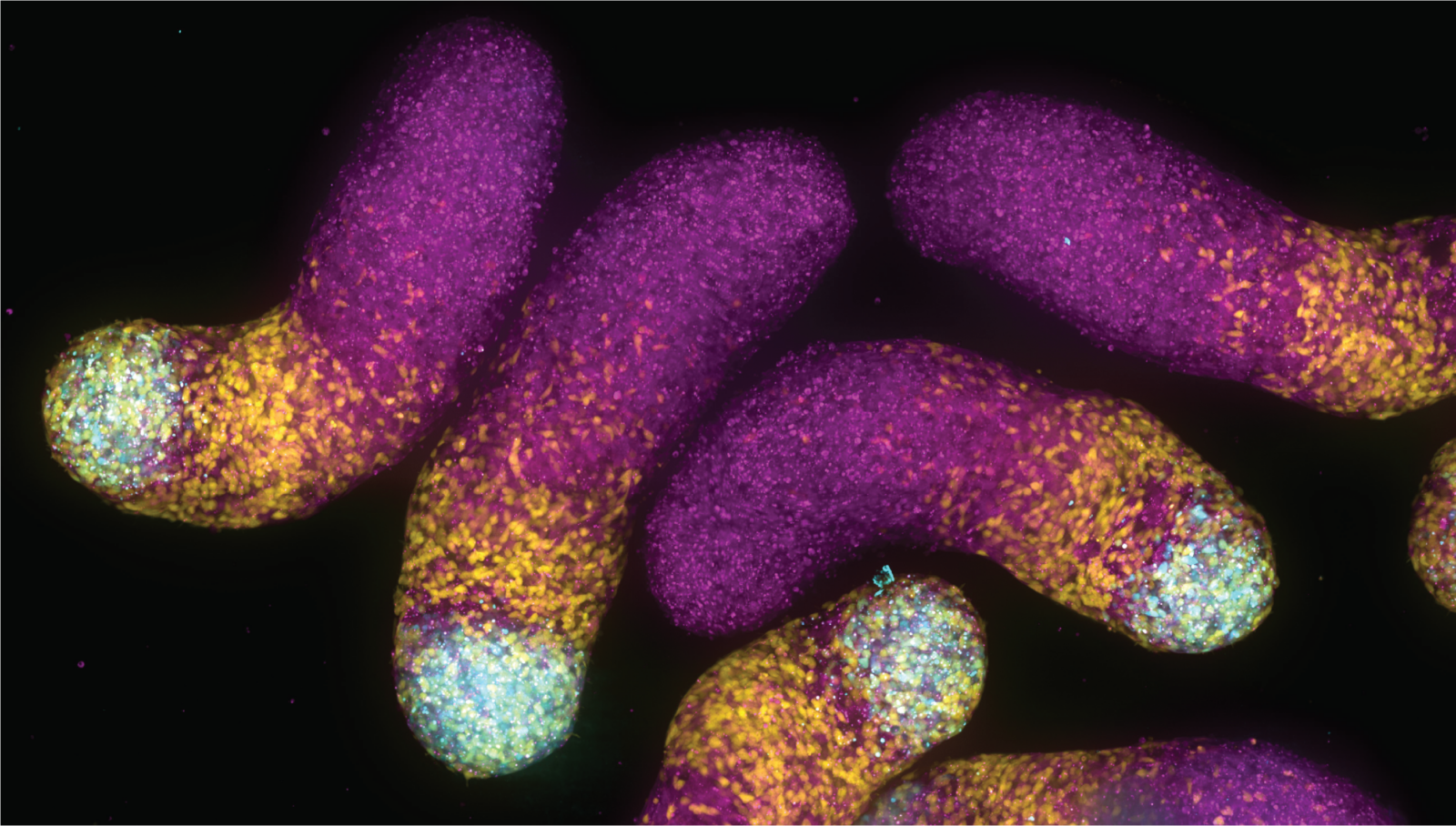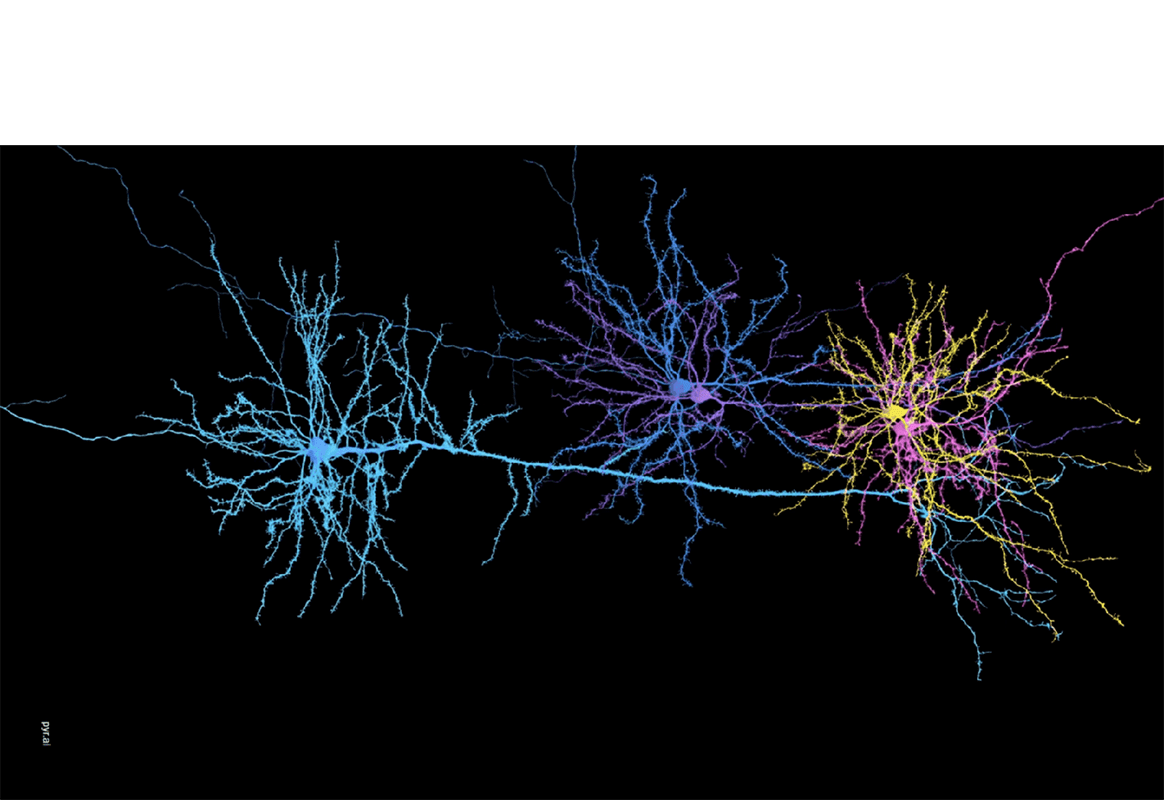Why are cells small?
By
on

What goes up must come down – even inside the miniscule world of cells.
Biologists have generally discounted gravity’s effect on cells because it was thought that the average cell is too small for gravity to play a role in its structure. But Princeton researchers Clifford Brangwynne and Marina Feric have found that gravity helps constrain how large cells can grow. The results provide a novel reason why most animal cells are small and of similar size.
“Gravity becomes really important at a smaller scale than you might have guessed,” said Brangwynne, an assistant professor of chemical and biological engineering who led the research.
While studying what makes large particles in the nucleus of the African clawed frog’s egg cells stay in place, Brangwynne and Feric, a graduate student, observed the particles falling to the bottom of the nuclei when a scaffolding inside the cells was disturbed.
The researchers, who published their findings in the journal Nature Cell Biology, concluded that when a cell reaches a certain size, it becomes subject to gravitational forces that require a scaffolding to stabilize the internal components. Below that threshold size, the internal components of a cell float freely, buoyed by smaller chemical forces.
“The research is really elegant and novel,” said Zemer Gitai, an associate professor of molecular biology at Princeton, who was not involved in the research. “Cells almost certainly evolved to be [small enough] to ignore the effects of gravity.”

The typical animal cell has a diameter of about 10 microns (10 millionths of a meter). Larger cells, like the egg cells of the African clawed frog, are up to 1 millimeter in diameter, but examples of such large cells are not frequent. Scientists have attributed this size limit to the difficulty that large-volume cells have obtaining nutrients, an explanation Brangwynne said is not backed by substantial evidence.
Brangwynne and Feric were not thinking about gravity when they began their investigation. Brangwynne wanted to find out why certain types of large particles within cells fuse together upon contact, like water droplets, when floating freely in a cell but not when they are in the cell’s nucleus. By injecting various size plastic beads into the nucleus of the frog egg cells, Branwynne and Feric found evidence for an invisible scaffold that might keep the particles from fusing.
Feric next discovered that this matrix could be made up of fibers of the protein actin, which was known to form a cytoskeleton in the parts of cells outside of the nucleus but whose role in the nucleus was not clear. To test the role of this actin scaffold, the researchers rid the nuclei of the actin polymers, either by treating the nuclei with drugs against the protein, or by making the nucleus pump out the protein.
“When we did this experiment we found the large particles sank like pebbles to the bottom of the nucleus. That was genuinely shocking,” said Brangwynne.
Noting that actin is less abundant and does not appear to form an extensive mesh in smaller cells, Feric’s experiments led the researchers to deduce that larger cells have the actin mesh to protect against gravity.
They propose that gravity becomes important at a certain particle density and a cell size of roughly 10 microns – the size limit of most animal cells. The actin in these large nuclei keeps the particles in place as a support against gravity.
Particles in a cell become proportionally larger with increasing cell size. A particle in
a small cell is like a single piece of dust – it floats well, unhindered by gravity. But particles in larger cells are like many pieces of dust clustered together that have a greater mass and require support to stay buoyed.
Feric and Brangwynne plan to repeat the experiments in different-sized cells and explore the properties of the actin network in the nucleus to understand the limits of its strength.
The researchers said a rewarding aspect of the study was its surprising turns, which at one point led them to calculate the viscosity of the nucleus to understand the behavior of the beads they injected.
“We had absolutely no intention of trying to learn about gravity,” said Brangwynne.
“That you need to know the viscosity of the cell nucleus to figure out that gravity could be important for setting the upper limits of cell size? It’s hard to imagine how one could predict such a connection.”
In an undergraduate course Brangwynne teaches, students have previously performed calculations suggesting gravity is a negligible force on cells. Brangwynne said he will now have to change the exercise. “This is where the research ends up influencing the class work.”
The research was supported by a New Innovator Award from the National Institutes of Health and a Searle Scholar Award, both awarded to Brangwynne in recognition of outstanding work as a young scientist.





